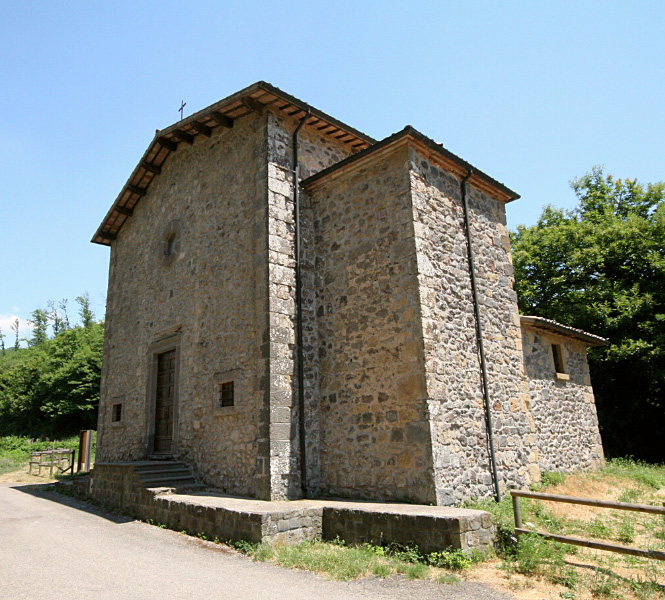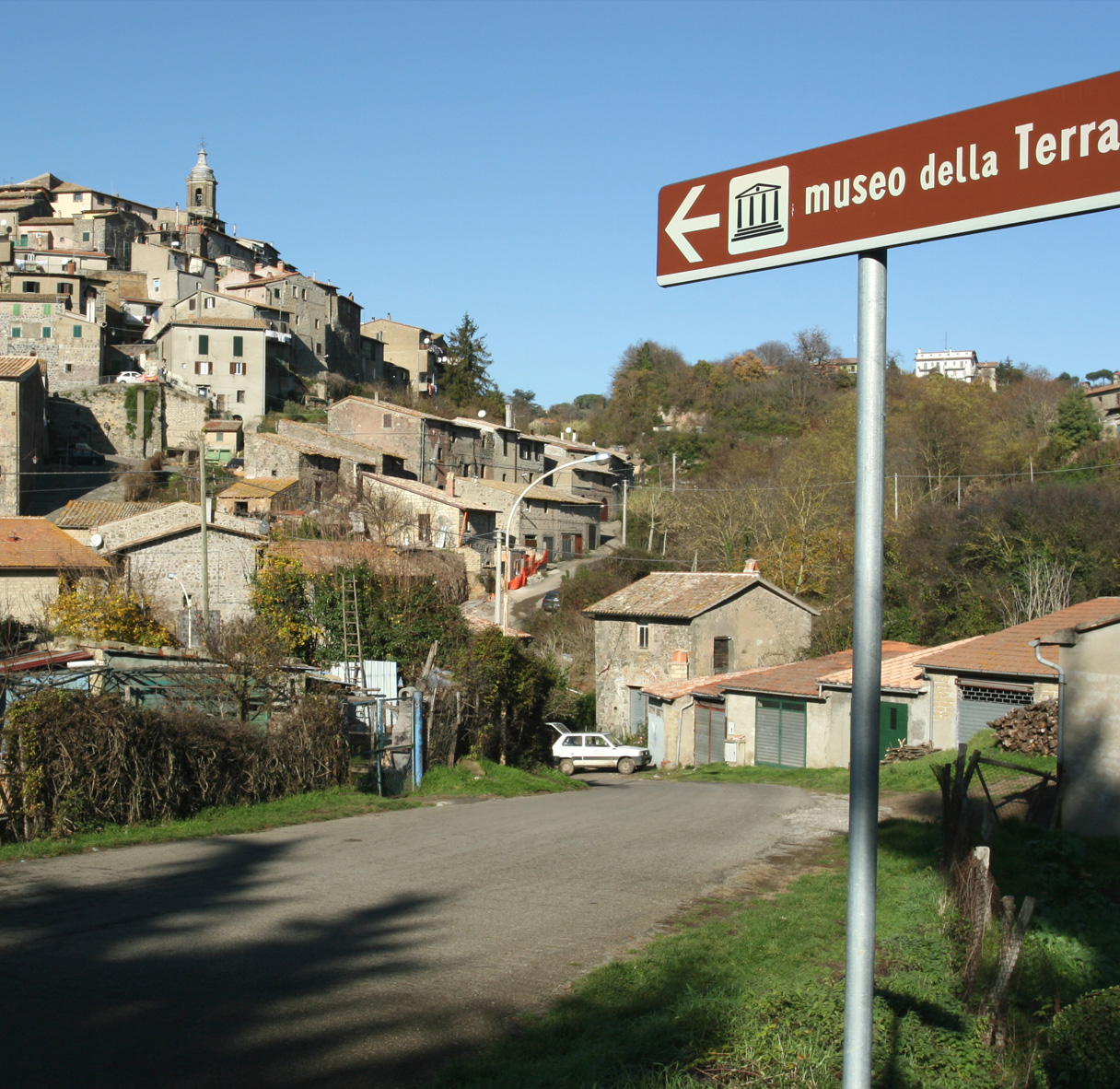Project Description
This road connected the village to the Latera plain and the wide caldera of the same name. The borders of the volcanic crater are well defined and covered with woods where it’s still possible to find wolves, wild cats and roe deers, which have recently come back to the area in rapidly increasing numbers. The caldera is predominantly dedicated to agricultural production; distinguished for its arid grass pastures and typical mediterranean plants, and fringed by hedges and groves, it houses several vertebrate and invertebrate animals of the steppa variety, that aren’t very common in the rest of the region.
The mixed forest surrounding the area is predominantly made up of turkey oaks (quercus cerris) and other oaks like downy oak (quercus pubescens) along with field maple (acer campestre), manna ash (fraxinus ornus), wild service tree (sorbus torminalis), hop hornbeam (ostrya carpinifolia), dogwood (cornus max) and other trees. Just like in neighboring areas, turkey oaks are often replaced by chestnut trees as they are preferred for the production of posts, or in cooler areas near lakes, valleys or slopes that face north, with white hornbeam (carpinus betulus), hazelnut tree (corylus avellana), and the more sporadic and demanding durmast oak (quercus petraea), beech tree (fagus sylvatica) and wild cherry tree (prunus valium). Every area in the woods that is devoid of trees is a consequence of man made alterations on the land, carried out to create plantations or secondary pastures interposed between groves and hedges.




